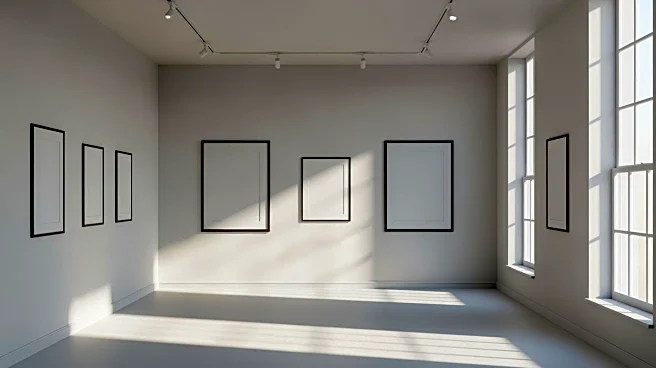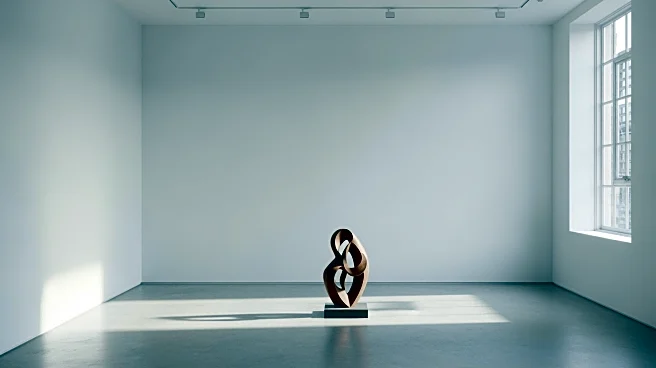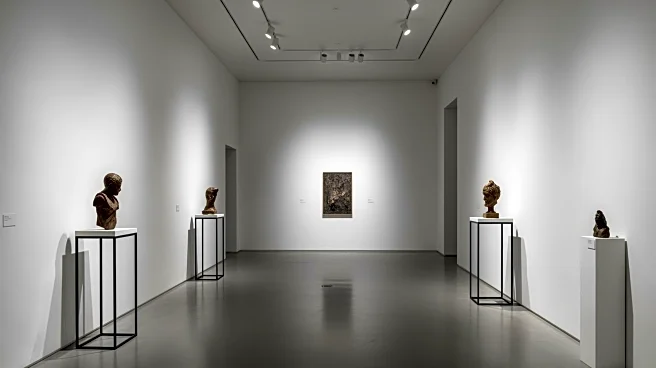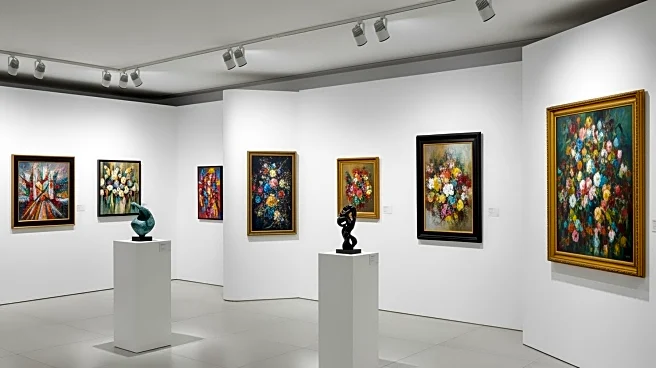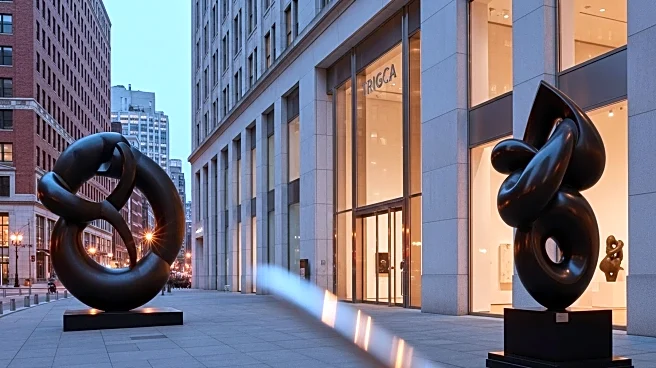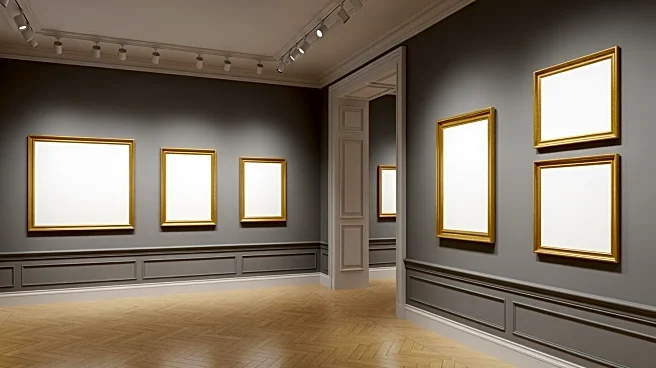What's Happening?
Claudia Altman-Siegel has announced the closure of her San Francisco-based gallery, Altman Siegel, which she founded in 2009. The gallery was known for showcasing both local and international artists, such as Trevor Paglen and Simon Denny, and had become
a beloved institution in the Bay Area art scene. Despite its success in placing artists in major museum collections and participating in prestigious art fairs, the gallery faced financial challenges exacerbated by a slowing art market. Altman-Siegel cited the unpredictability of the market and the financial pressures of maintaining a gallery as key reasons for her decision to close.
Why It's Important?
The closure of Altman Siegel highlights the financial vulnerabilities faced by mid-size galleries in the art world. These galleries often struggle to compete with larger, multinational galleries due to high overhead costs and the need to participate in expensive art fairs. The decision underscores a broader trend of financial instability in the art market, particularly for galleries that do not have the backing of wealthy patrons or large sales volumes. This development may impact artists who rely on such galleries for exposure and sales, as well as the cultural landscape of cities like San Francisco, which benefit from diverse art offerings.
What's Next?
With the gallery set to close by Thanksgiving, the future for Altman-Siegel and her artists remains uncertain. The closure may prompt other mid-size galleries to reassess their business models and explore alternative strategies to sustain operations. The art community in San Francisco may also need to adapt to the loss of a significant cultural venue, potentially leading to increased collaboration among remaining galleries and artists to fill the void left by Altman Siegel.
Beyond the Headlines
The closure of Altman Siegel raises questions about the sustainability of the current art market model, which heavily relies on art fairs and high sales volumes. It also highlights the challenges of maintaining cultural institutions in cities with high living costs and competitive real estate markets. The situation may prompt discussions about the need for more supportive infrastructure for mid-size galleries and the importance of fostering local art communities.
